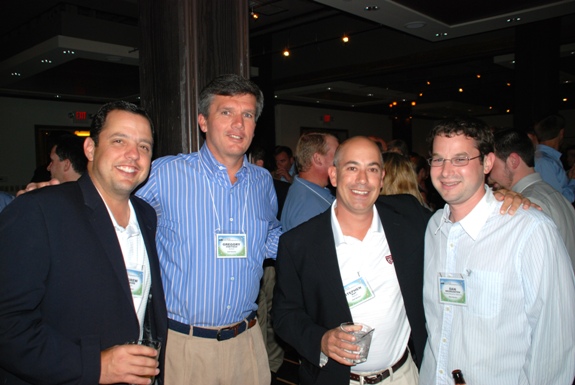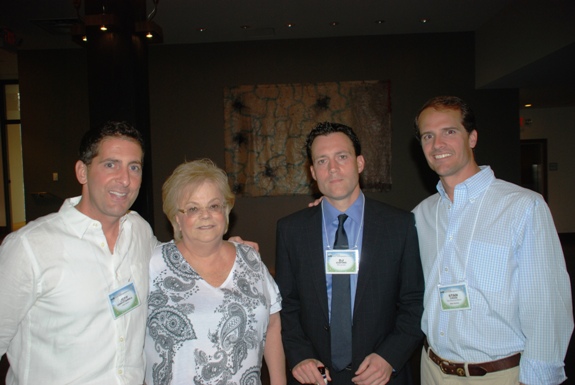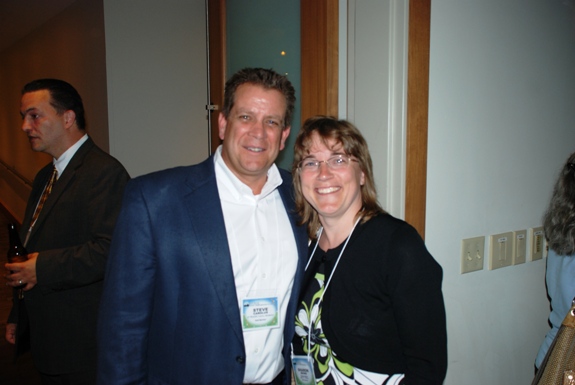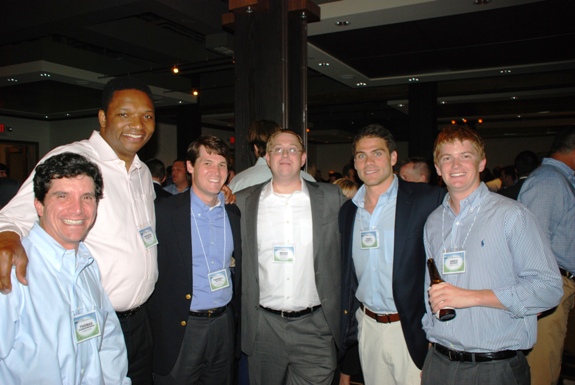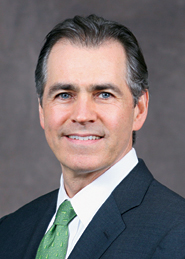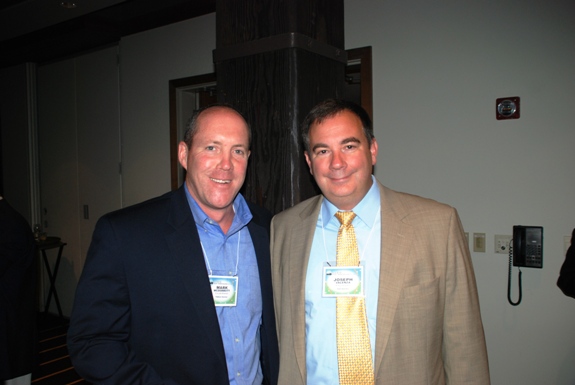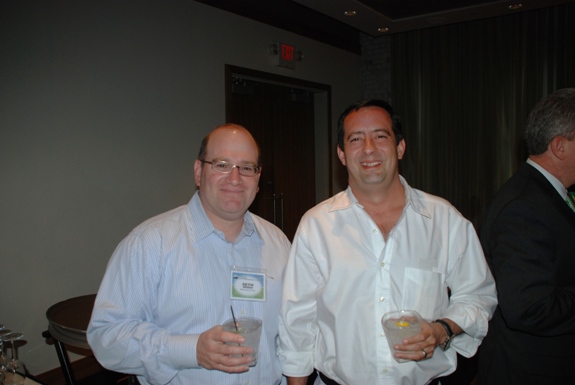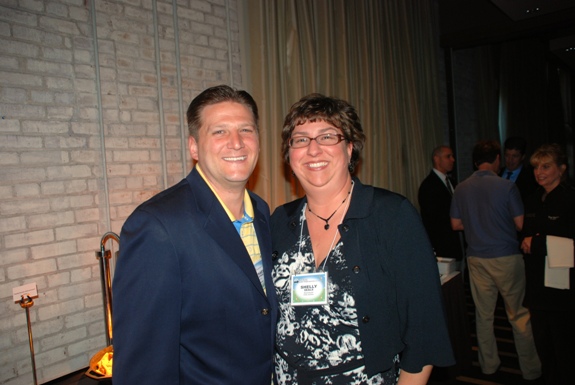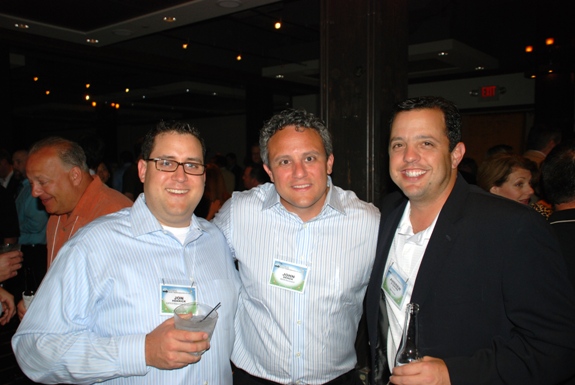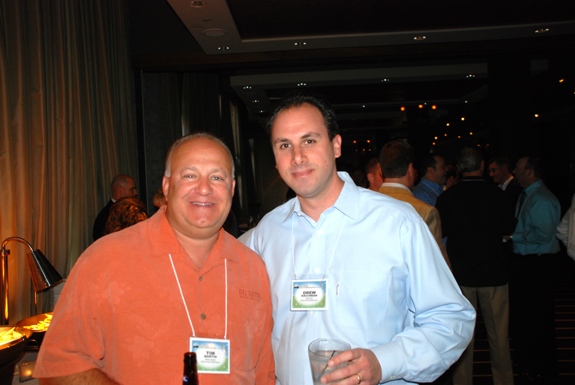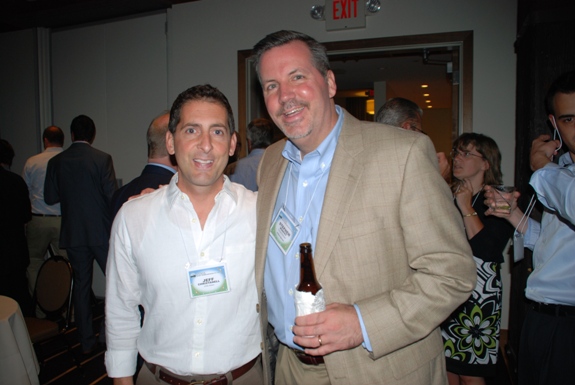With the institution of Regulation NMS in 2007, the Securities and Exchange Commission must have believed the problem of access fees had been solved once and for all. But, like the undead zombie feared by Voodoo practitioners, the issue of access fees has arisen once again, this time to frustrate the SEC’s efforts to eliminate flash orders.
Access fees originated in the world of Electronic Communications Networks, or ECNs, which in reality are electronic stock exchanges. Under the Securities Exchange Act of 1934, national securities exchanges are required to be self-regulatory organizations (SROs), a function that magnifies the cost of operating any stock exchange. The costs of maintaining SRO function were a barrier to entry that would have prevented the fledgling ECNs arising in the late 1980s from competing with the New York and American Stock Exchanges, as well as with Nasdaq, which at the time was regulated as a "securities information processor."
The SEC believed that ECNs offered an innovative alternative to the floor-based models of the New York and American Stock Exchanges and to the market maker business model employed by Nasdaq. So, the SEC allowed ECNs to register as broker-dealers, but granted them a host of exceptions because many broker-dealer regulations made no sense when applied to the stock exchange business. Eventually, ECNs and other variations on the electronic stock exchange theme became known as "Alternative Trading Systems" and the exceptions to broker-dealer regulations were refined and codified as Regulation ATS. Technically, an ATS is a broker-dealer operating under the exceptions enshrined in Regulation ATS. An ATS that cannot satisfy the conditions of Regulation ATS must register as a national securities exchange.
ECNs originally operated as closed systems. Only subscribers were permitted to post or take quotations, and subscriber agreements established a transaction-based fee schedule. In that sense, the ECN business model was similar to stock exchanges, which also charged transaction-based fees. But, there was one big difference. Stock exchange membership was limited to broker-dealer members. ECNs were open to members of the public, and most importantly, to institutional investors who otherwise were required to access public liquidity through broker-dealer members of the various registered exchanges.
Broker-dealers soon discovered that ECNs were a convenient way to display and access institutional liquidity at prices that improved the quotations displayed in exchanges. As a result, something of a two-tier market developed, with institutional and broker-dealer orders being displayed in ECNs at prices that were superior to those displayed in the public markets. Retail order flow generally did not have access to the ECN prices. The SEC views two-tier markets as inconsistent with the objectives of the Exchange Act. Therefore, it eventually required broker-dealers to provide the same quotes in the public markets that they displayed in ECNs.
To avoid losing the broker-dealer business, most ECNs began displaying their quotations in the public markets and provided their broker-dealer clients with useful systems tools that enabled them to provide consistent quotations in ECNs and public markets. However, this also meant that, for the first time, quotations in ECNs could be accessed by broker-dealers that were not subscribers. Broker-dealers, of course, will not pay for anything that can be obtained for free. ECNs responded by sending bills to broker-dealers that accessed the ECN quotations in public venues, and when some large broker-dealers refused to pay, interesting litigation commenced.
Both sides had a point, which is usually the source of litigation. Broker-dealers pointed out that they had never agreed to subscribe to the ECNs services. Moreover, broker-dealers complained that sauce for the goose should be sauce for the gander: Broker-dealers were not permitted to charge access fees when persons who were not their customers accessed their public quotes. ECNs argued that, in the absence of access fees, no one would pay for use of their services, which would deprive them of any opportunity to make a profit.
To make matters worse, some ECNs hiked up the fees for accessing their public quotes and then provided rebates to their subscribers for posting quotes. This practice essentially required non-customers to pay for the service, which is a nifty trick every business would like to have in its tool kit. A business isn’t required to treat persons who aren’t its customers fairly. So, something of an arms race developed with access fees increasing periodically as one ECN tried to capture business from others.
This madness was based on a conceptual fallacy. ECNs really weren’t broker-dealers; instead, they were exchanges and should have been regulated accordingly. Exchanges traditionally have charged their members fees for accessing exchange trading services. Persons who are not members can only obtain access to the exchange through the facilities of members. Confusing the broker-dealer and exchange models led to unanticipated consequences.
It is also true that traditional exchanges, protected from competition by regulations that required them to be SROs, failed to modernize by innovation in trading systems. ECNs introduced a breath of fresh air into an antiquated system, which the SEC found irresistible.
Eventually, this road led to Regulation NMS. To level the playing field, all regulated participants–exchanges, ATSs and broker-dealers–were permitted to charge access fees to non-customers, but the amount that could be charged was capped. Among other things, this forced the transformation of the NYSE into a huge ECN forced to compete on a level playing field with other exchanges. It also led surviving ECNs to merge with exchanges or to register as national securities exchanges.
It is a nice conceit to imagine that competition spurs innovation, lower prices and increasing social welfare. But innovation and lower prices are not the only ways to compete, and some methods of competition do not increase social welfare. The flash order is an example of competition’s dark side.
To attract customers to their systems, some exchanges and a few of the remaining ECNs exploited a loophole in Regulation NMS that permitted favored customers to display their orders to a select group, rather than to the unwashed masses. The loophole recognized that a person owning a security can always decide that she will only sell that security privately to certain people. But if she wants access to the broader array of purchasers in the public markets, the price of that access is that quotes entered in the public markets must be available to all participants.
So, the NYSE complained about flash orders, Congress got involved, and the SEC proposed to close the loophole.
The difficulty is that closing this particular loophole would also affect the options markets, which so far have no cap on access fees. In the options market, a "maker-taker" model exists that involves charging access fees and using them to pay rebates to "liquidity providers" in much the same way that was so popular with ECNs prior to Regulation NMS. As a result, the SEC received a lot of comments from options players pointing out that flash orders are used to avoid having orders routed to options exchanges charging high access fees. The proposal to abolish flash orders is therefore being delayed while the SEC figures out how to deal with access fees at options exchanges.
It gets worse. At the beginning of July, the SEC approved a set of rules proposed by FINRA to extend the blessings of Regulation NMS to the over-the-counter markets in unlisted securities. Among other things, these new rules also purport to limit access fees. The sad part of all this is that access fees have never been charged in the OTC equity markets, so the effect of this new rule is to introduce this disease where it never existed before.
If everyone charges access fees in the OTC market, the only real effect of introducing them there is to increase transactions costs by the amount required to bill and collect them. So, for example, if NYSE Arca wants to charge access fees, it has to hope that most OTC market participants will not charge access fees, allowing NYCE Arca to attract more business by offering rebates to customers who submit quotes directly into their system.
It is truly hard to understand the logic behind the one-size-fits-all mentality driving this rule. Perhaps the SEC hopes that permitting access fees to exist will lead to greater automation in the OTC equity markets. But ECNs are no longer the innovative technology they once were, and there is no reason to believe that encouraging their entry into the OTC equity markets will result in greater volumes or drive transactions costs down in the thinly traded markets for OTC equity securities, at least not to the extent necessary to compensate for the costs of the access fees themselves.
All other things being equal, the most likely result is that transactions costs will increase, leaving investors in OTC equity securities worse off. This is, of course, exactly contrary to the SEC’s stated mission.
Stephen J. Nelson is a principal of The Nelson Law Firm in White Plains, N.Y. Nelson is a weekly contributor and columnist to Traders Magazine’s online edition. He can be reached at sjnelson@nelsonlf.com
The views represented in this commentary are those of its author and do not reflect the opinion of Traders Magazine or its staff. Traders Magazine welcomes reader feedback on this column and on all issues relevant to the institutional trading community. Please send your comments to Traderseditorial@sourcemedia.com


